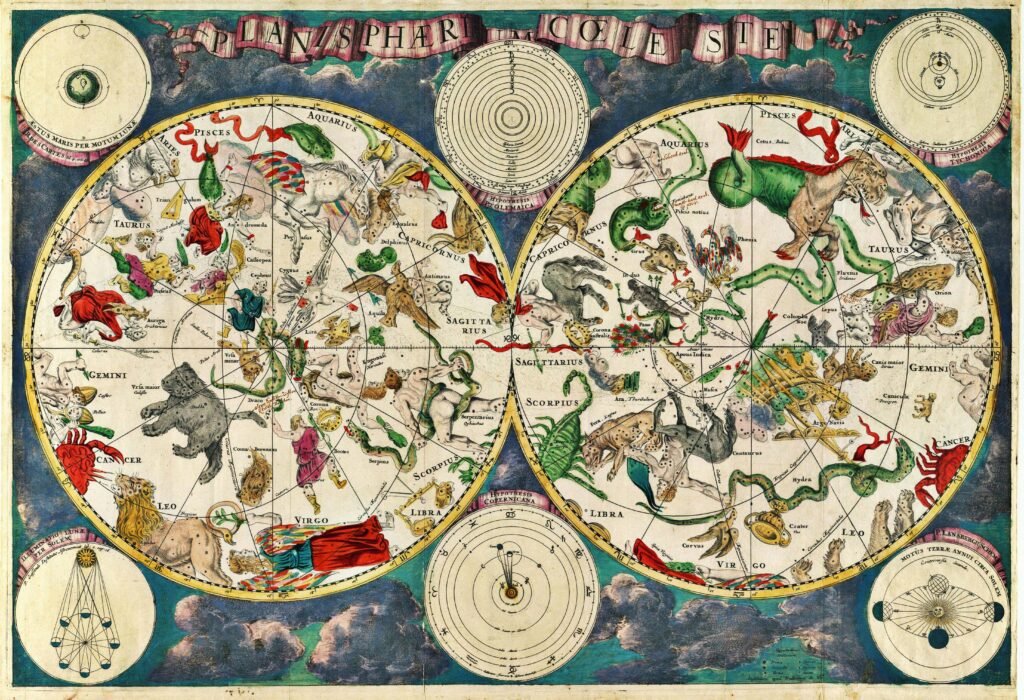The night sky has been a canvas of wonder for countless cultures throughout history. Among these, the ancient Malay culture stands out, having turned the celestial sphere into a vital navigational tool long before the advent of modern technology. Famed for their seafaring prowess, the Malay people crafted intricate ‘star maps,’ a testament to their deep understanding of the stars and their movements. These ancient maps weren’t just practical navigation aids; they were a beautiful blend of science and mythology, a reflection of the culture’s intimate relationship with the cosmos.
The Celestial Compass
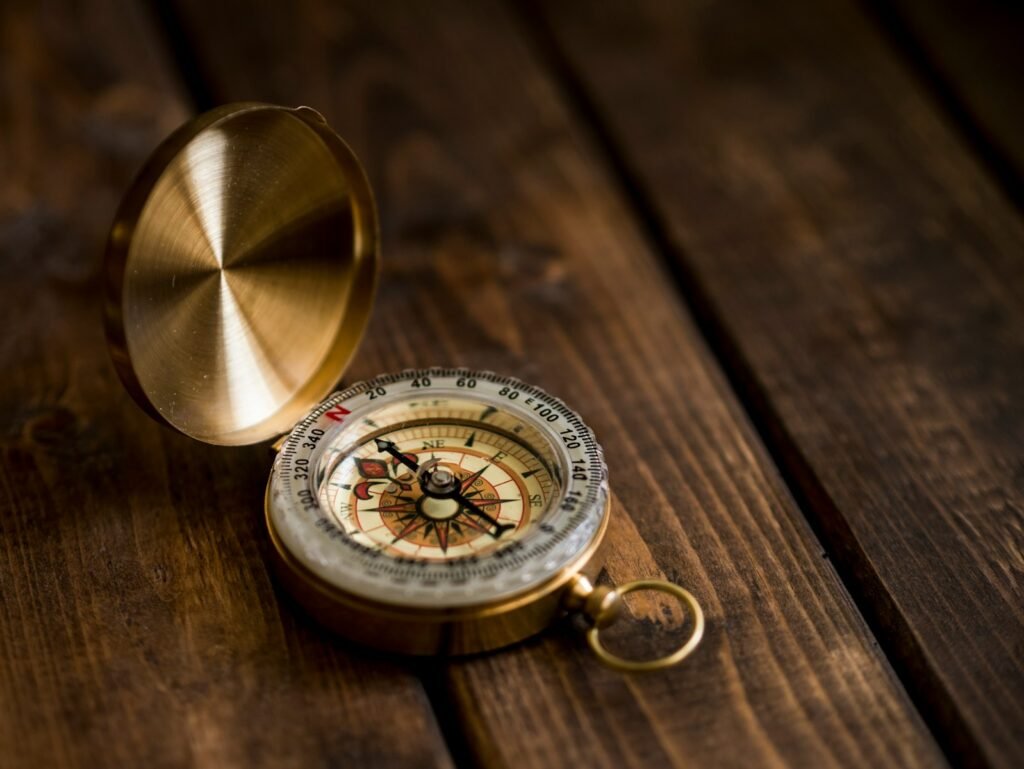
In the vast expanse of the ocean, where landmarks are few and far between, a reliable navigation system is essential. The ancient Malays developed a sophisticated method to traverse the waters using the stars as their guide. By observing the positions of specific constellations, they could determine their direction and position at sea, much like how a compass functions today. This celestial compass was a product of generations of observation and knowledge passed down through oral tradition, showing how deeply interconnected the Malay people were with the natural world around them.
Mapping the Heavens
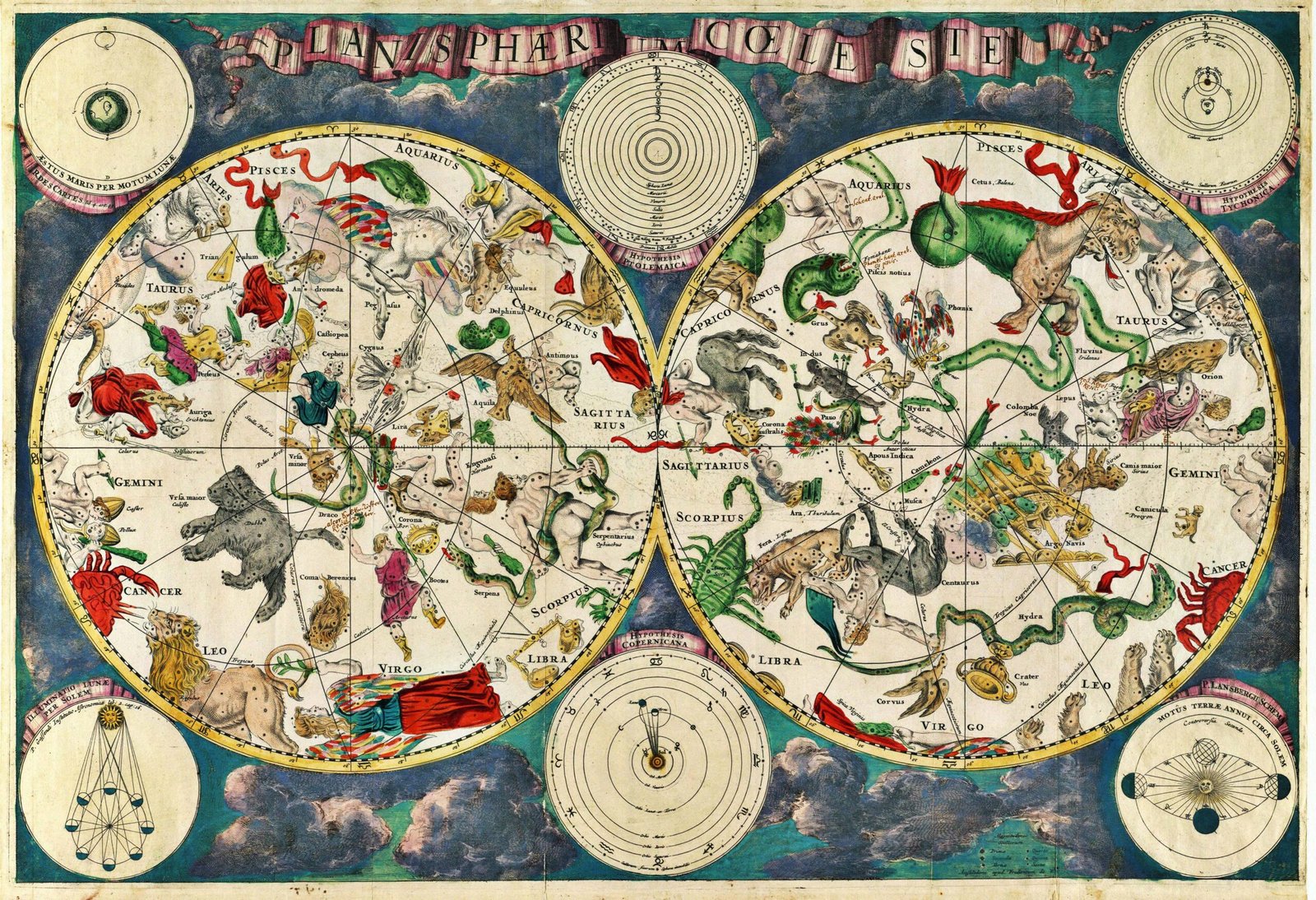
The ‘star maps’ created by the Malays were not physical maps as we know them today but mental maps constructed from years of careful observation. These maps were a mental catalog of star positions, movements, and patterns, which sailors memorized and used to navigate the vast waters. The maps included stars visible only from their geographical location, making them uniquely tied to their place of origin. This method required a profound understanding of both astronomy and geography, demonstrating impressive intellectual achievements of the time.
The Role of Storytelling
Storytelling played a crucial role in the dissemination and preservation of astronomical knowledge among the Malays. Stars and constellations were often personified as characters in myths and legends, making it easier for people to remember their positions and significance. These stories were more than just entertainment; they were educational tools that encapsulated practical navigation techniques. By weaving science with myth, the Malays ensured that critical knowledge was both engaging and easily passed down through generations.
Scientific Observations
The Malays’ ability to navigate using the stars was underpinned by rigorous scientific observation. They noted the cyclical patterns of the stars, the changing positions of the constellations with the seasons, and the impact of the moon’s phases on tides. This meticulous attention to detail allowed them to predict weather changes and optimize their travel routes. Their observations were foundational in shaping early Malay scientific thought, providing a framework that influenced other areas of their culture and society.
The Importance of the Southern Cross
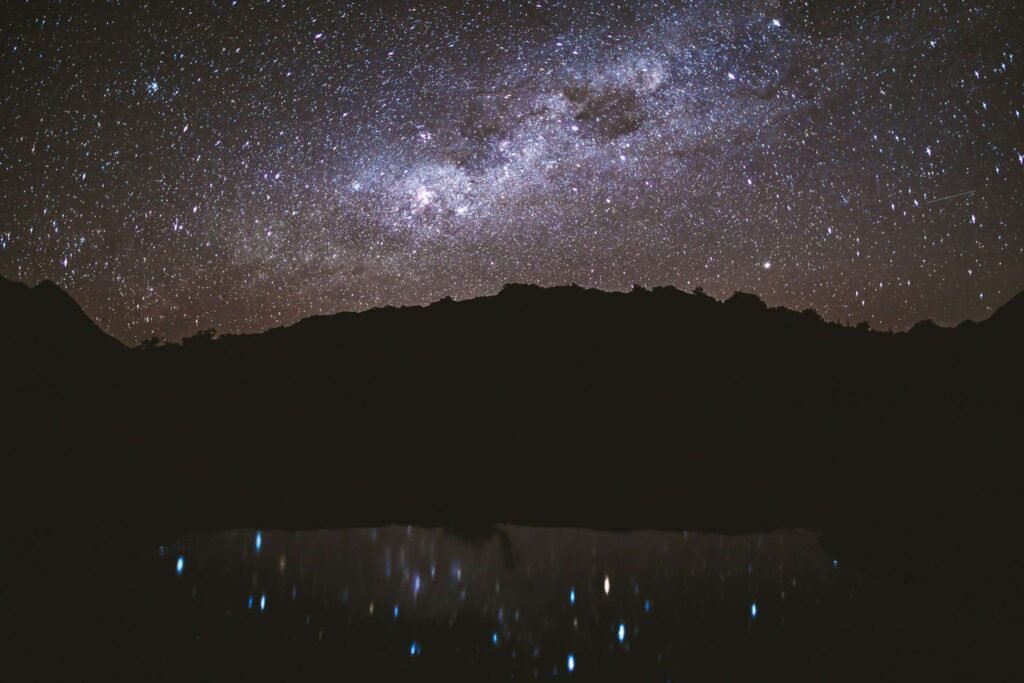
For the ancient Malays, the Southern Cross was a pivotal constellation in their star maps. Its distinctive shape made it easy to identify, and its position in the sky provided a reliable reference point for navigation. Unlike the North Star, which is visible only from the Northern Hemisphere, the Southern Cross is a vital navigation aid in the Southern Hemisphere, making it indispensable for Malay sailors. This constellation’s significance is a testament to the adaptability and precision of Malay navigational techniques.
Influence on Trade and Exploration
The mastery of star-based navigation had far-reaching impacts on trade and exploration in the Malay Archipelago. It facilitated the establishment of trade routes that connected distant islands and even extended to the Indian subcontinent and beyond. This connectivity not only boosted the economy but also led to cultural exchanges, which enriched the Malay culture with new ideas and technologies. The ability to navigate vast distances safely and efficiently was a key factor in the prosperity and influence of the Malay people in the region.
Integration with Indigenous Beliefs
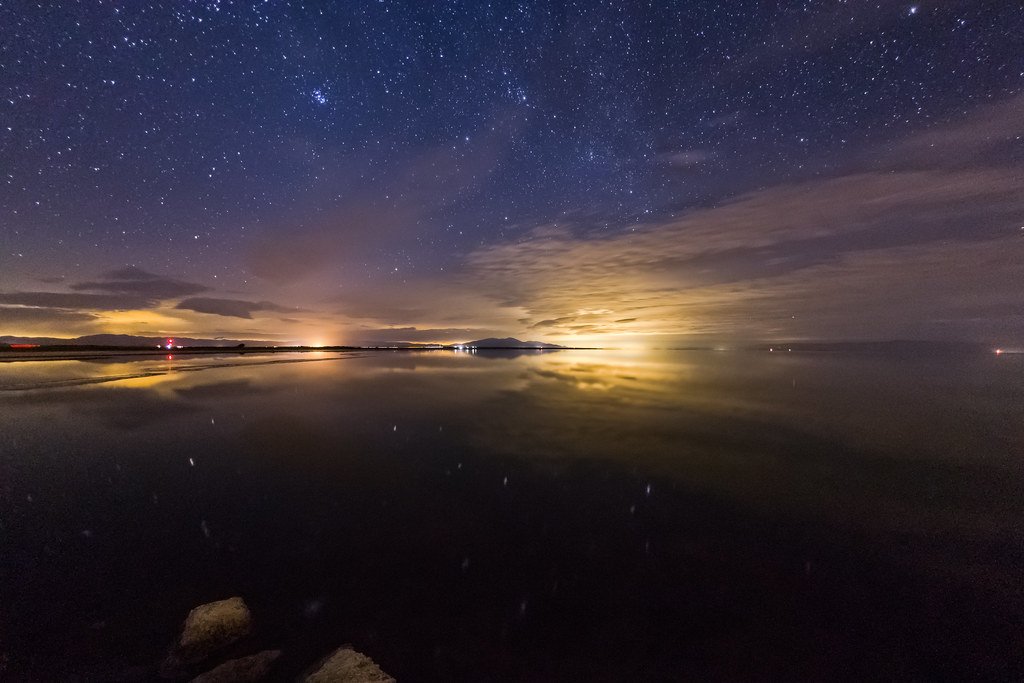
Astronomy in ancient Malay culture was not just a scientific pursuit but also intertwined with their spiritual beliefs. The sky was seen as a realm inhabited by deities and spirits, and celestial events were often interpreted as omens or messages from the divine. This integration of science and spirituality provided a holistic understanding of the universe, where the physical and metaphysical worlds were seamlessly connected. Such beliefs added a deeper, almost sacred dimension to the practice of navigation.
Preservation of Knowledge
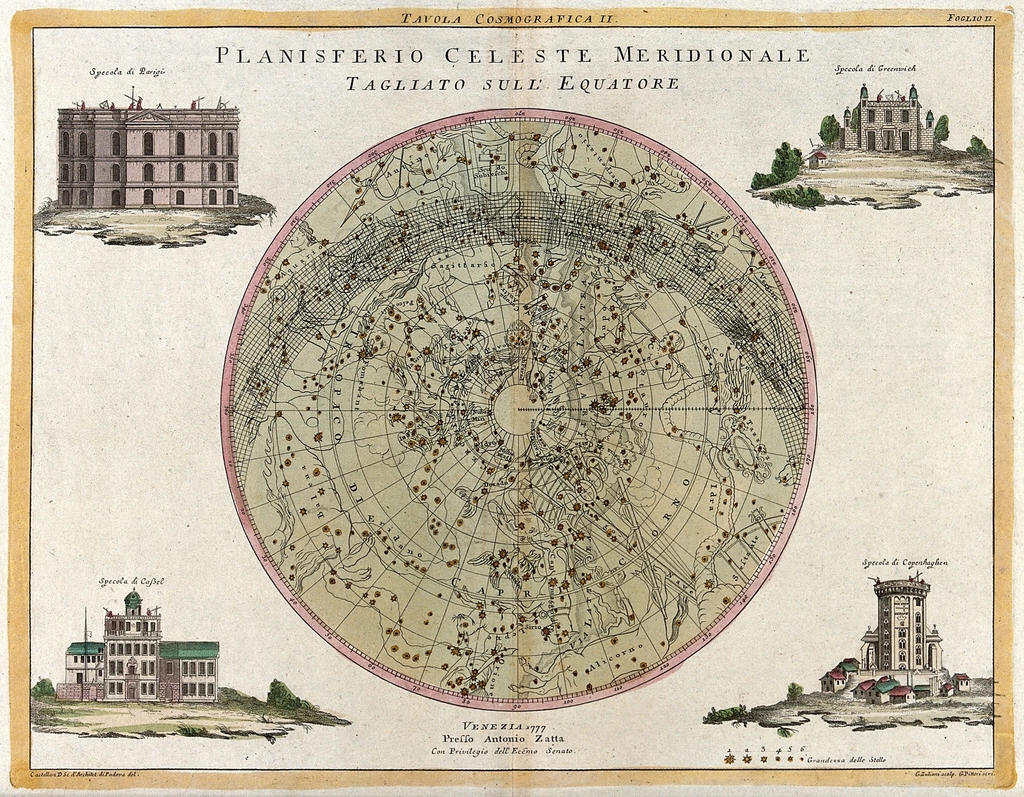
The transmission of star maps and navigational knowledge was a communal effort that relied heavily on oral tradition. Elders and skilled navigators played a critical role in educating the younger generations, ensuring that this valuable knowledge was not lost over time. This oral tradition was supported by rituals and ceremonies that reinforced the cultural significance of the stars, embedding them into the social fabric of the community. Such practices highlight the communal aspect of knowledge preservation in ancient Malay society.
Modern Relevance
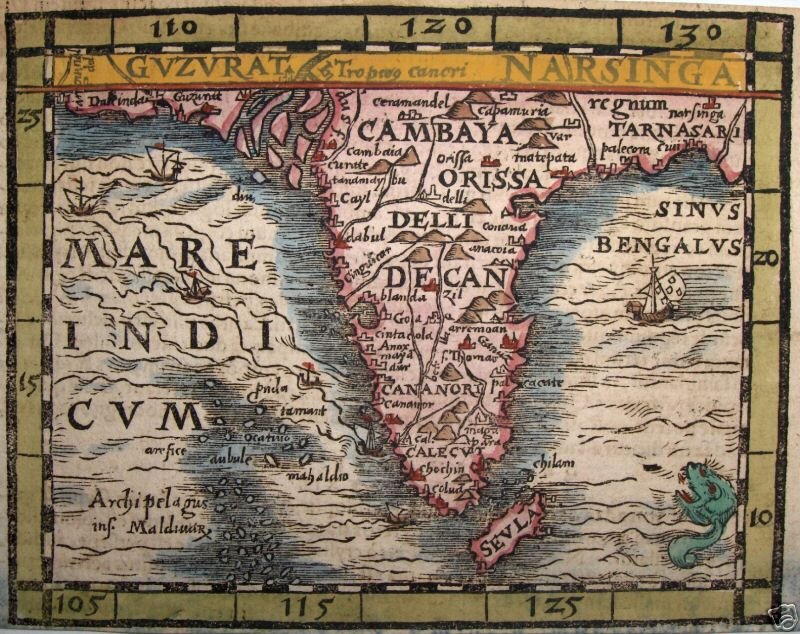
Despite the advent of modern navigation technologies, the legacy of ancient Malay star maps continues to hold relevance today. They remind us of the ingenuity and resilience of early navigators who ventured into the unknown armed only with their knowledge of the stars. Understanding these ancient practices provides insight into the development of human knowledge and the importance of preserving cultural heritage. As we look to the stars today, we are reminded of the timeless connection between humanity and the cosmos.
A Legacy in the Stars
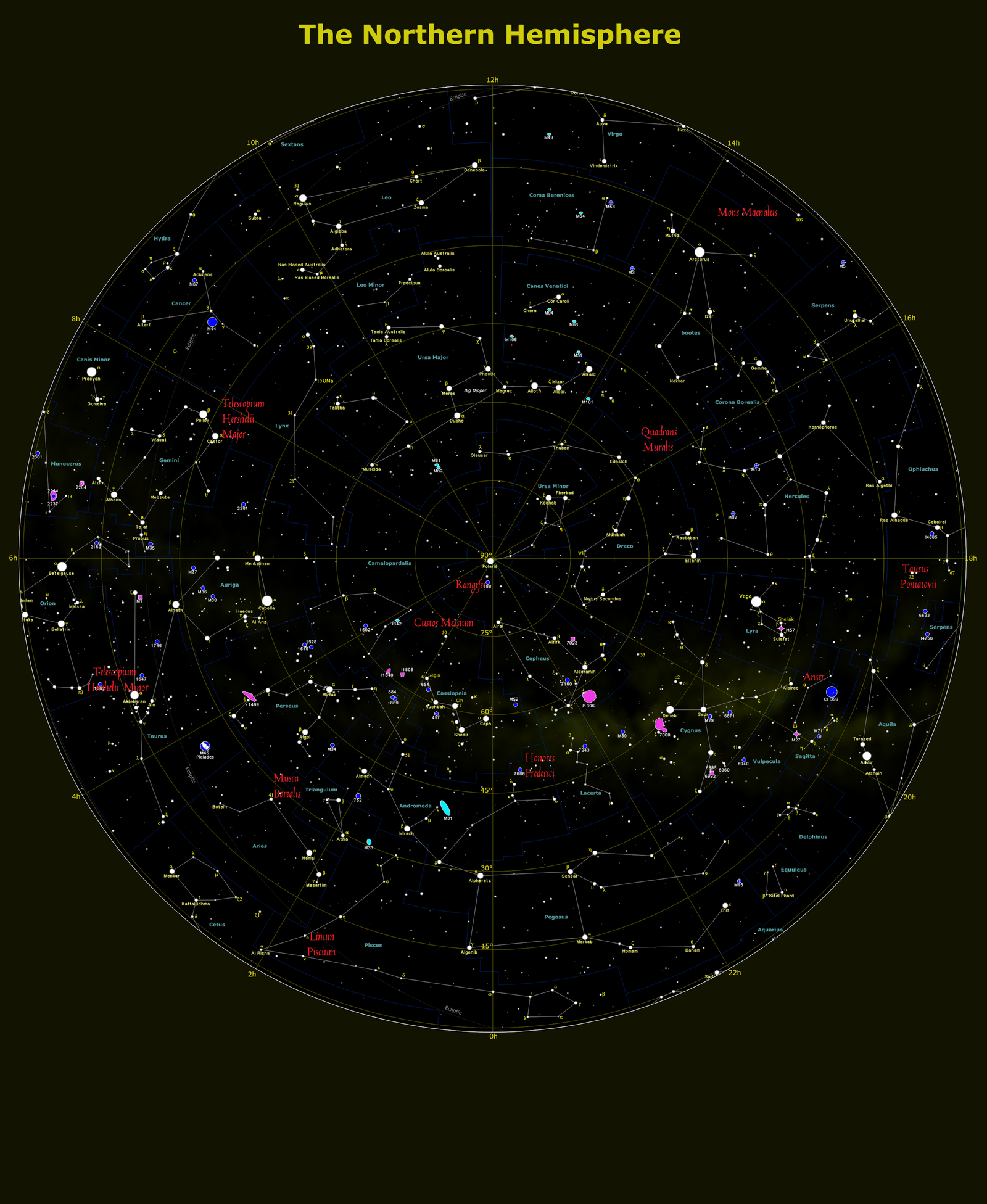
The ‘star maps’ of ancient Malay culture are more than historical artifacts; they are a testament to human curiosity and the desire to explore and understand the world. They represent a unique blend of science, mythology, and tradition, reflecting a culture that saw the stars not just as distant objects but as integral parts of their identity and survival. As we continue to explore the universe, the legacy of these ancient navigators serves as a reminder of our enduring connection to the stars and the endless possibilities they offer.

